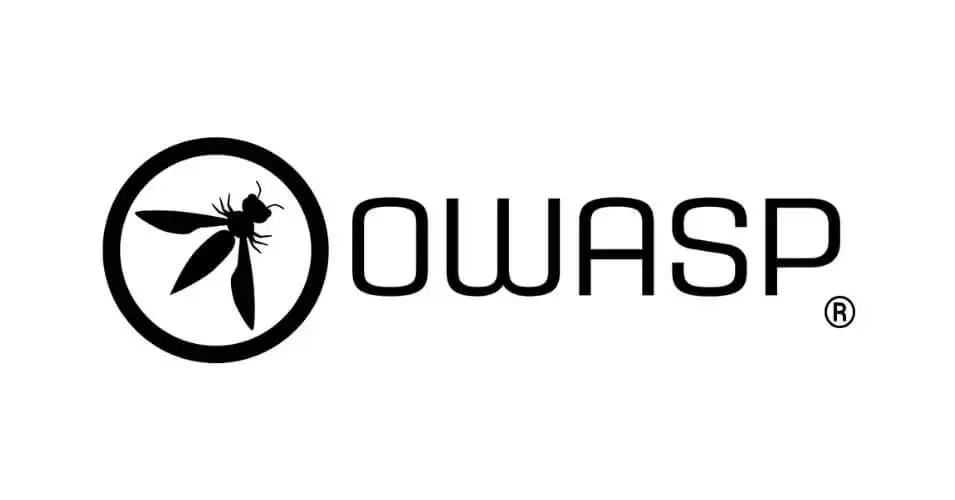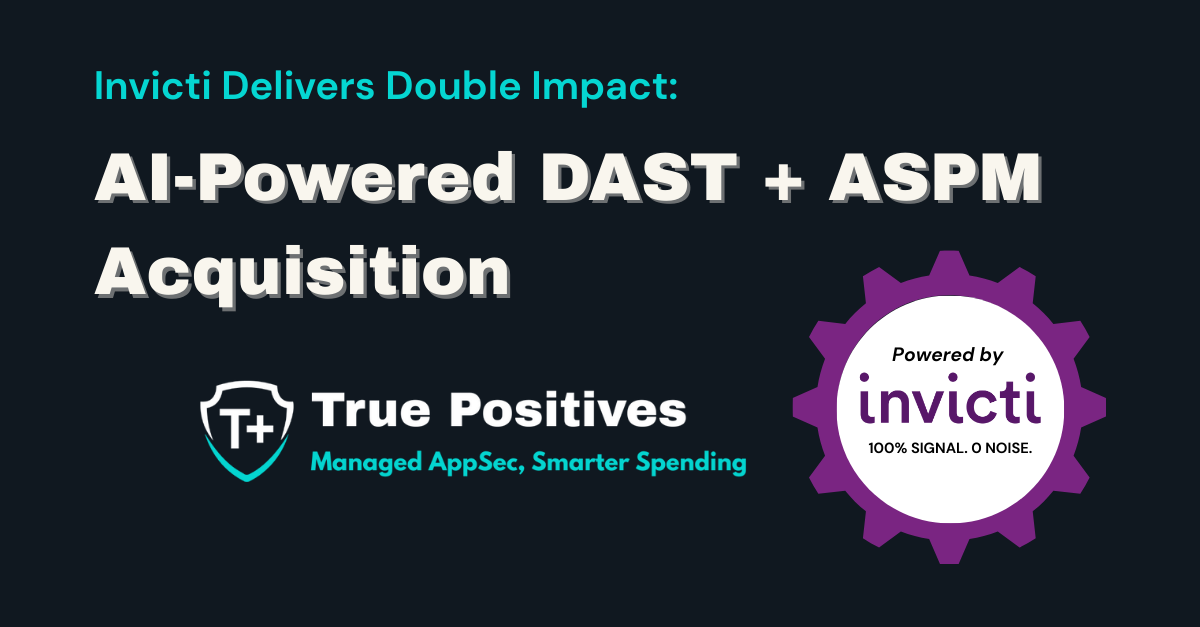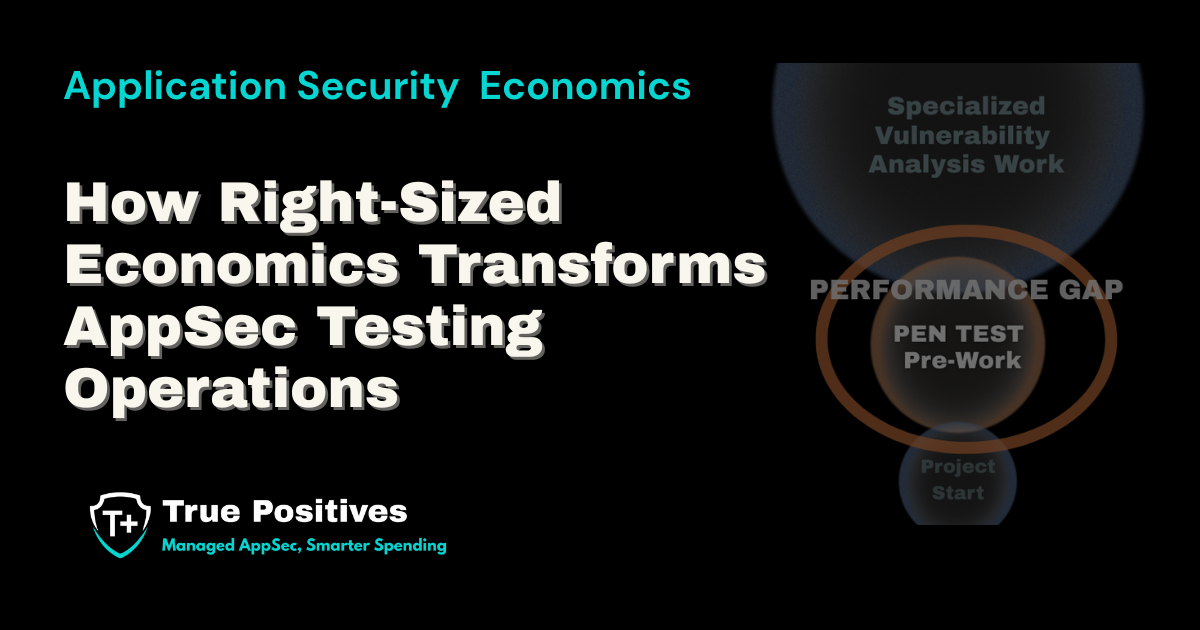Understanding OWASP: A Guide for Developers and Security Professionals
In the realm of cybersecurity threats, the Open Web Application Security Project (OWASP) serves as a crucial resource for securing web applications. Developers and security professionals can rely on OWASP for identifying, understanding, and mitigating the most critical web vulnerabilities.
In this blog post, we'll explore the essence of OWASP, including its mission, its flagship project – the OWASP Top 10, the frequency of its updates, and practical guidance on how to use it to enhance the security of your web applications.
What is OWASP?
OWASP is a globally recognized, non-profit foundation dedicated to improving software security, particularly for web applications. Operating as an open-source community, OWASP brings together developers, security professionals, and enthusiasts to collaboratively produce a wide range of freely accessible resources aimed at enhancing application security.
What does OWASP stand for?
OWASP is an acronym for the Open Web Application Security Project. Their goal is to foster a global community of developers and security experts to produce a range of open source resources focused on addressing and mitigating security vulnerabilities in web applications. Here is a look at some of the key resources provided by OWASP.
Key Resources Provided by OWASP:
OWASP Tools, Software, Projects
ZAP (formerly OWASP ZAP): A popular tool for penetration testing and vulnerability scanning, helping security professionals identify and address security issues in web applications.
OWASP Dependency-Check: A software composition analysis tool that identifies project dependencies and checks if there are any known, publicly disclosed, vulnerabilities.
OWASP Amass: A tool for network mapping and attack surface analysis, used to discover assets and perform in-depth recon on networks.
OWASP Security Knowledge Framework (SKF): An open-source web application that provides developers with security knowledge, requirements, and code examples for building secure software.
OWASP Documentation and Guidelines
Comprehensive Documentation: Detailed guides, best practices, and secure coding guidelines that empower developers to build secure applications from the ground up.
OWASP Top 10: A widely referenced document highlighting the most critical security risks to web applications, providing actionable advice to mitigate these threats.
OWASP ASVS (Application Security Verification Standard): A framework of security requirements that focus on defining the security controls required when designing, developing, and testing modern web applications and web services.
Educational Resources
Webinars and Conferences: Regularly organized events, including global and local conferences, where experts share knowledge, discuss the latest in application security, and provide hands-on training.
Local Chapters: Community-driven chapters around the world that foster local engagement, knowledge sharing, and networking among security professionals.
OWASP Cheat Sheets: A series of concise guides that provide practical advice on implementing specific security controls and practices.
OWASP’s commitment to openness and collaboration ensures that all tools, documents, and educational materials are freely available to anyone interested in improving application security, making it a vital resource for the global security community.
For more information, visit the OWASP website.
The OWASP Top 10
One of OWASP's most recognized and impactful projects is the OWASP Top 10. This flagship document outlines the ten most critical web application security risks. It serves as an indispensable reference point for organizations seeking to prioritize their application security efforts.
Let's dissect the current categories of the OWASP Top 10:
- Broken Access Control: Flaws that allow users to act outside of their intended permissions.
- Cryptographic Failures: Issues related to cryptography that often lead to sensitive data exposure.
- Injection: Flaws, such as SQL injection, where untrusted data is sent to an interpreter as part of a command or query.
- Insecure Design: Security weaknesses due to design flaws that are hard to detect and fix post-deployment.
- Security Misconfiguration: Incorrect configuration of security settings, leading to vulnerabilities.
- Vulnerable and Outdated Components: Using components with known vulnerabilities.
- Identification and Authentication Failures: Issues with user authentication and session management.
- Software and Data Integrity Failures: Problems arising from untrusted software updates or critical data integrity issues.
- Security Logging and Monitoring Failures: Lack of proper logging and monitoring to detect and respond to security breaches.
- Server-Side Request Forgery (SSRF): Attacks that force the server to make requests to unintended locations.
How Often Is the OWASP Top 10 Updated?
The OWASP Top 10 isn't a static document. It undergoes revisions typically every 3-4 years to reflect the changing landscape of web application vulnerabilities. The updates are based on extensive data collection and analysis conducted by OWASP, ensuring the list remains relevant to contemporary threats.
How To Use OWASP to Improve Your AppSec
Effectively leveraging OWASP within your security strategy is essential for enhancing your organization's cybersecurity posture. Here's how you can integrate OWASP principles to maximize their benefits:
- Secure SDLC: Incorporate OWASP principles, tools, and resources throughout the Software Development Lifecycle (SDLC). This includes design, coding, testing, and deployment stages, ensuring security is a fundamental aspect of your development process.
- Training and Development: Provide continuous training for your teams on OWASP methodologies, secure coding practices, and the latest security tools. This ongoing education helps maintain a high level of security awareness and skill across your organization.
- Community Engagement: Encourage your team to participate in local OWASP chapters, conferences, and online forums. Engaging with the broader OWASP community facilitates knowledge sharing and collaboration, keeping your team updated on the latest security trends and best practices.
- Compliance: Utilize OWASP resources to help align your security practices with industry regulations and standards such as PCI DSS or HIPAA, and others. OWASP guidelines can serve as a foundation for achieving and maintaining compliance.
OWASP Final Thoughts
Web application security is a complex and ongoing journey. OWASP isn't a silver bullet, but rather a powerful arsenal of resources to help you navigate this terrain. The commitment to stay informed, to adapt to evolving threats, and to continuously improve your security practices is key.
By actively engaging with OWASP and its community, you'll position your organization to build web applications that not only excel functionally but also withstand the test of cyberattacks.
To learn more about the work we do at True Positives, visit our homepage or contact us to schedule a free consultation and vulnerability scan.
.jpg)
Brian Pavicic
Brian Pavicic founded True Positives to deliver comprehensive application security testing through cost-effective AppSecVar and managed service solutions. As an early member of @stake, he contributed to the development of modern application security practices. Over the past decade, Brian has focused on integrating automated tools with expert manual inspection to help organizations build digital trust efficiently and effectively.
%2008%2014%202025%20(4).webp?width=1200&height=400&name=Copy%20of%20%20T%2B%20Logo%20Webpage%20Header%20(500X170)%2008%2014%202025%20(4).webp)


